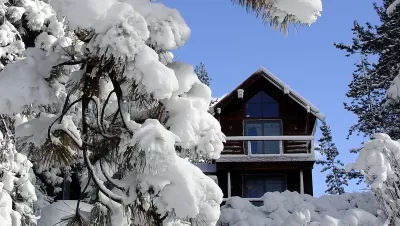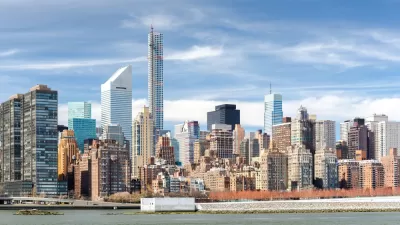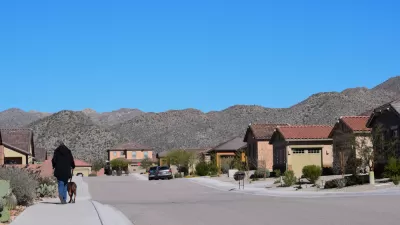Half of the nation's second homes are found in nine states, according to recent data analysis by the National Association of Home Builders, and building is likely to increase in vacation areas soon, according to one expert.

Na Zhao provides analysis and data for the National Association of Home Builders (NAHB) about the number nd location of second homes in the U.S. real estate market. While this report doesn't begin to speculate on how the COVID-19 pandemic and its effects might alter the second home market, it does provide the most recent available data (2018) about the geographic spread of second homes prior to the outbreak of the pandemic.
Here Zhao provides a summary of the data:
According to NAHB estimates, the total count of second homes was 7.5 million, accounting for 5.5% of the total housing stock in 2018, the most recent data available. As of 2018, the state with the largest stock of second homes was Florida (1.1 million), accounting for 14.5% of all second homes. South Dakota had the smallest stock, approximately 20,000 second homes, among all 50 states. Half of the nation’s second homes can be found in nine states: Florida, California, New York, Texas, Michigan, North Carolina, Arizona, Pennsylvania, and Wisconsin.
Zhao teases out more geographic distinctions and also notes one potentially surprising finding in the data: the concentration of second homes is not limited to conventional locations like coastal areas. "There were 932 counties spread over 49 states, where second homes accounted for at least 10% of the local housing stock," according to Zhao.
For some informed speculation about how these figures might change, Robert Dietz, chief economist for the NAHB, tweeted a prediction that home building is likely to increase in traditional vacation markets.
We'll have more on home building in traditional vacation markets soon (a part of the changing geography of housing demand analysis), but here's the benchmark data using the ACS. We classify 5.5% of the housing stock as vacation homes: https://t.co/MT5fuompum pic.twitter.com/s0GhwFPOyF
— Robert Dietz (@dietz_econ) October 16, 2020
FULL STORY: Nation’s Stock of Second Homes

Maui's Vacation Rental Debate Turns Ugly
Verbal attacks, misinformation campaigns and fistfights plague a high-stakes debate to convert thousands of vacation rentals into long-term housing.

Planetizen Federal Action Tracker
A weekly monitor of how Trump’s orders and actions are impacting planners and planning in America.

In Urban Planning, AI Prompting Could be the New Design Thinking
Creativity has long been key to great urban design. What if we see AI as our new creative partner?

King County Supportive Housing Program Offers Hope for Unhoused Residents
The county is taking a ‘Housing First’ approach that prioritizes getting people into housing, then offering wraparound supportive services.

Researchers Use AI to Get Clearer Picture of US Housing
Analysts are using artificial intelligence to supercharge their research by allowing them to comb through data faster. Though these AI tools can be error prone, they save time and housing researchers are optimistic about the future.

Making Shared Micromobility More Inclusive
Cities and shared mobility system operators can do more to include people with disabilities in planning and operations, per a new report.
Urban Design for Planners 1: Software Tools
This six-course series explores essential urban design concepts using open source software and equips planners with the tools they need to participate fully in the urban design process.
Planning for Universal Design
Learn the tools for implementing Universal Design in planning regulations.
planning NEXT
Appalachian Highlands Housing Partners
Mpact (founded as Rail~Volution)
City of Camden Redevelopment Agency
City of Astoria
City of Portland
City of Laramie





























